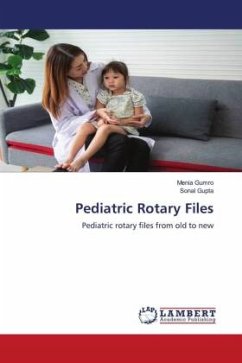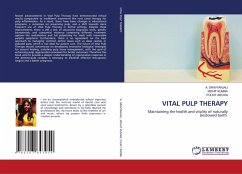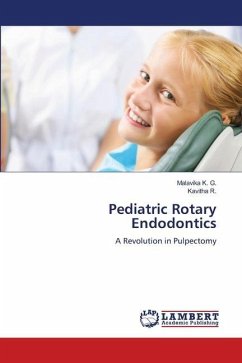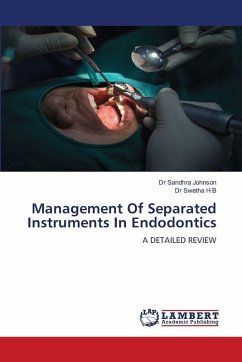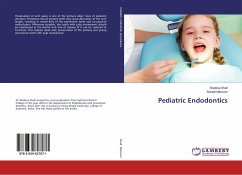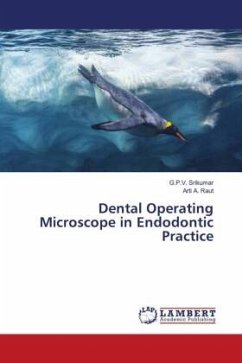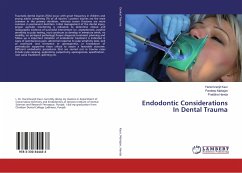
Endodontic Considerations In Dental Trauma
Versandkostenfrei!
Versandfertig in 6-10 Tagen
43,99 €
inkl. MwSt.

PAYBACK Punkte
22 °P sammeln!
Traumatic dental injuries (TDIs) occur with great frequency in children and young adults comprising 5% of all injuries. Luxation injuries are the most common in the primary dentition, whereas crown fractures are more common in permanent dentition. Initial management of the dental injury, proper periodic monitoring is indicated to determine clinical and radiographic evidence of successful intervention (i.e. asymptomatic, positive sensitivity to pulp testing, root continues to develop in immature teeth, no mobility, no periapical pathology).Proper diagnosis treatment planning and follow up is im...
Traumatic dental injuries (TDIs) occur with great frequency in children and young adults comprising 5% of all injuries. Luxation injuries are the most common in the primary dentition, whereas crown fractures are more common in permanent dentition. Initial management of the dental injury, proper periodic monitoring is indicated to determine clinical and radiographic evidence of successful intervention (i.e. asymptomatic, positive sensitivity to pulp testing, root continues to develop in immature teeth, no mobility, no periapical pathology).Proper diagnosis treatment planning and follow up is important Initiation of endodontic treatment is indicated in cases of spontaneous pain, abnormal response to pulp sensitivity tests, lack of continued root formation or apexogenesis, or breakdown of periradicular supportive tissue critical to assure a favorable outcome. Different endodontic procedures that are carried out in trauma cases include pulp capping, pulpotomy, pulpectomy, apexogenesis, apexification, root canal treatment, splinting etc.



